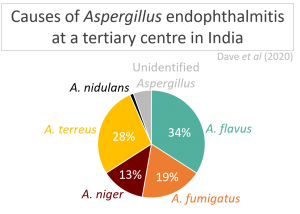Submitted by GAtherton on 18 September 2017

Antifungal drug strategies are in need of a rethink as current azole medication is gradually losing its efficacy with the rise in resistant fungal strains. It might even be true to say that any drug that is developed that disrupts the metabolism of a micro-organism sufficiently to kill it or slow it down enough to allow our immune systems to attack and remove the fungus is vulnerable to the development of resistance.
Chirkin et. al. have taken a new approach to killing fungal infections. They have developed a new generation of antifungal molecules that attack the fungus indirectly by enabling our immune system to target the microbe more effectively. The new molecule (ARM-F)
Once bound the new molecule is bound it attracts antibodies that are already present in the patient’s bloodstream. These antibodies (called anti-DNP) are even thought to be found in the bloodstream of patients who are immunocompromised which is especially useful as this group of patients is very vulnerable to fungal infection. Once bound to the new molecule the fungus becomes more readily
The authors claim that as the new molecules are never
Thus far the authors have proven the principle of this mode of attack in vitro by showing that ARM-F’s dramatically increase the recognition and
News archives
-
Title
Date


